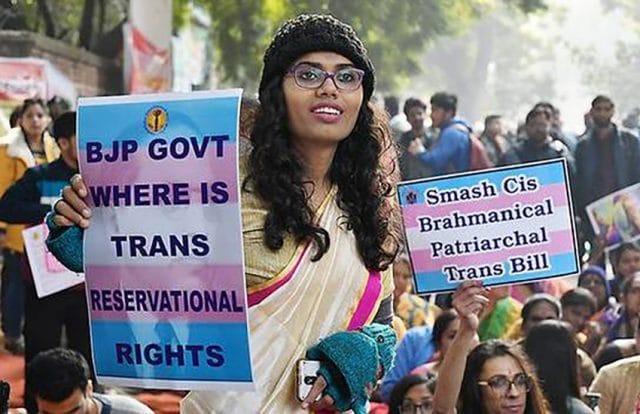
Over nine million Indians from far-flung villages and dense megacities came out to vote in the behemoth of the Indian parliamentary elections in the past month.
But as officials count and verify the votes, turnout enters the spotlight; where did voters show up in troves, and others barely just?
This season’s parliamentary elections have seen a continuation of a low turnout from India’s trans communities, .
Members of Parliament make up the Lok Sabha, the lower house of the Parliament of India. Each represents a single geographic constituency. There are currently 543 constituencies.
Uttar Pradesh has the highest number of constituencies (80). Nevertheless, across the cacophony of constituencies, the number of votes made by trans people were nil or below 10.
Only cities were the exception. In New Delhi, Mumbai North, 167 trans people voted, according to the preliminary data in Election Commission’s Voter turnout app.
But to cast a vote, citizens must tick their gender, with ‘other’ listed as an option on the register. This is how political pundits gauge voting turnouts.
Furthermore, Bangalore North had the second highest turnout, with 105 votes totalized.
While the two northern constituencies led the charge, they were followed by:
- 72 in Kalyan.
- 71 in Puducherry.
- 64 in Tiruchirapalli.
- 55 in Chennai Central.
However, only 38,325 voters identified themselves under the ‘other’ category. According to the 2011 census, India’s trans population stands at 4,900,000.
Finally, overall, Mumbai and Bengalru consistences saw low voter turnouts. The turnout in Bangalore North was just 54.66%.







